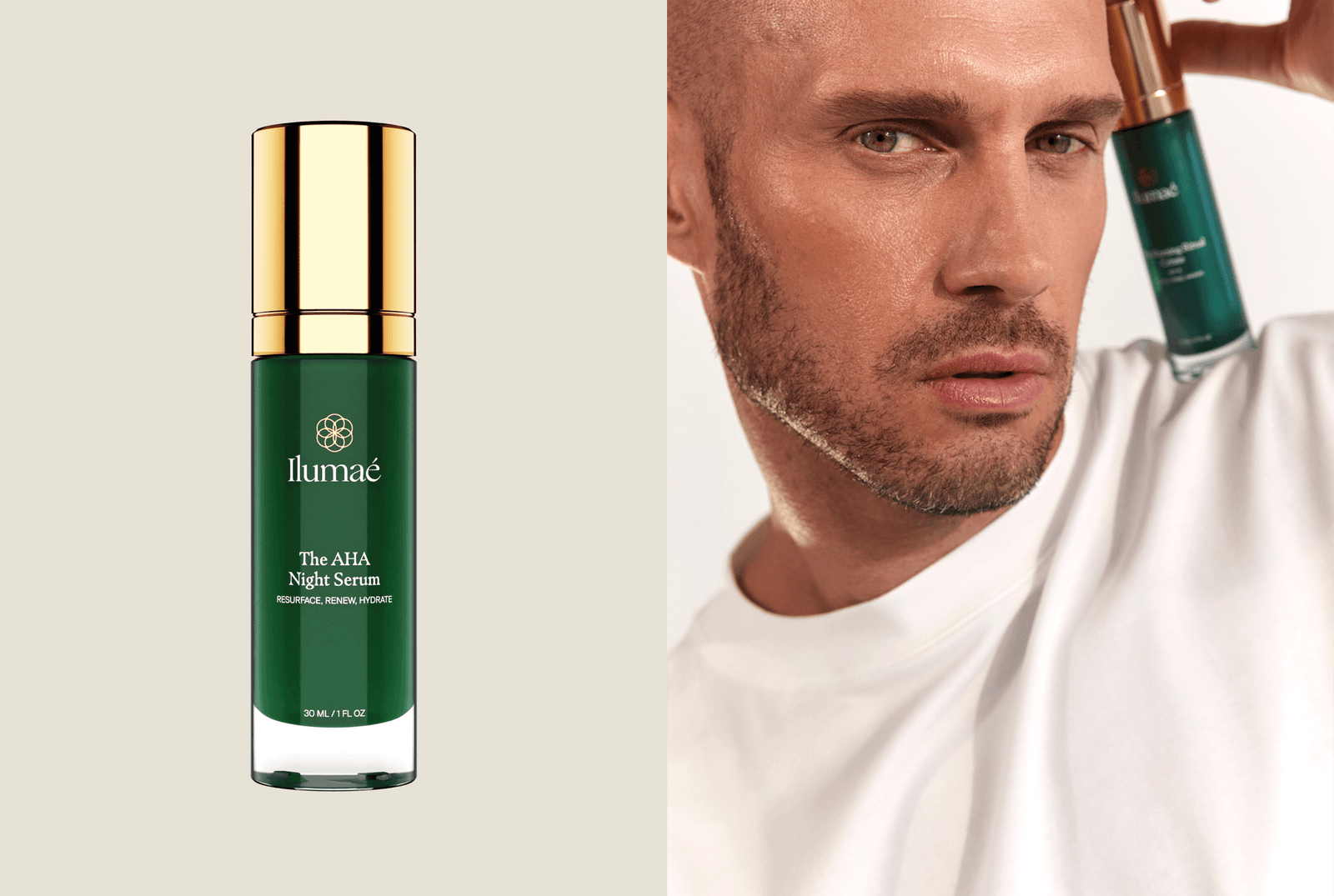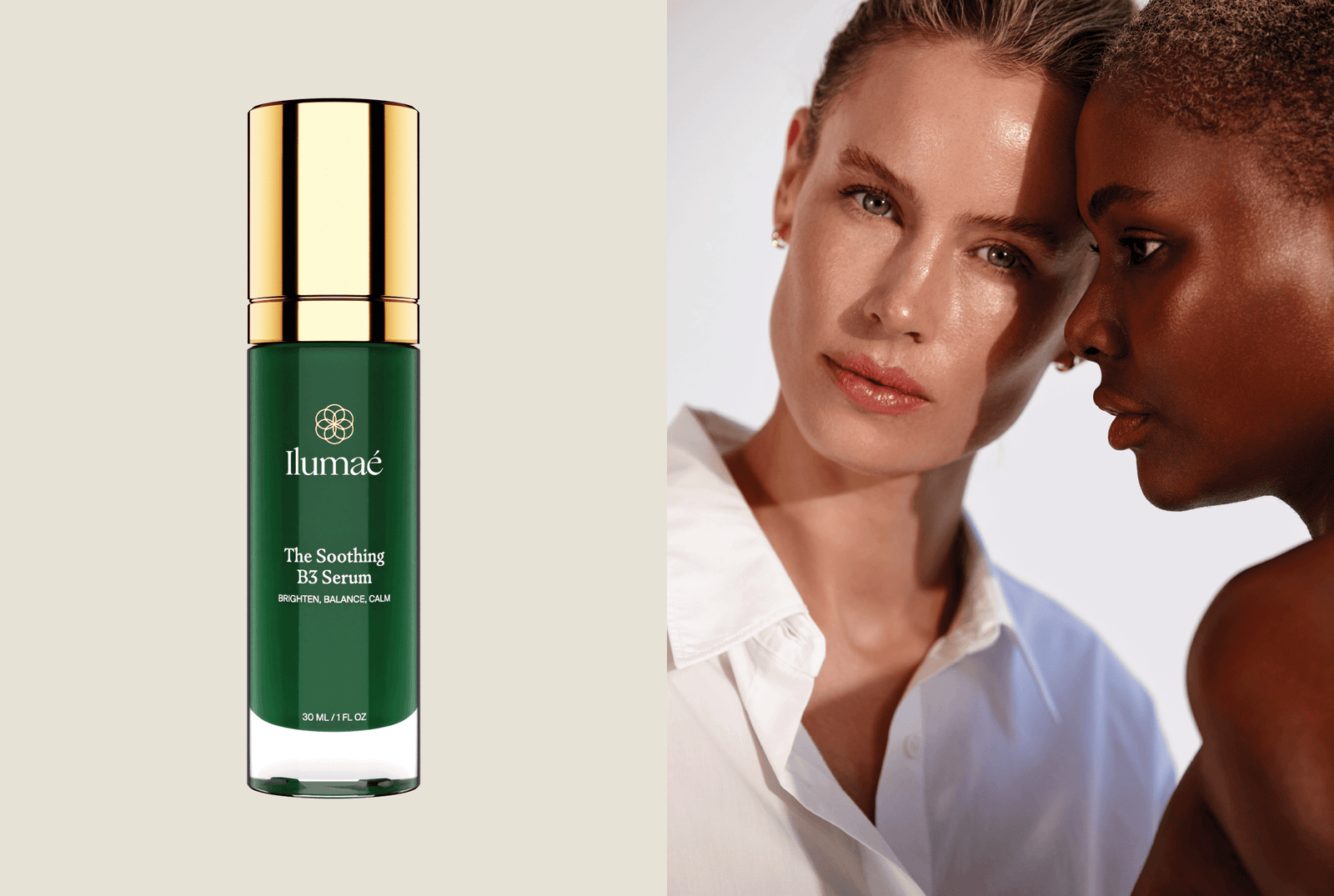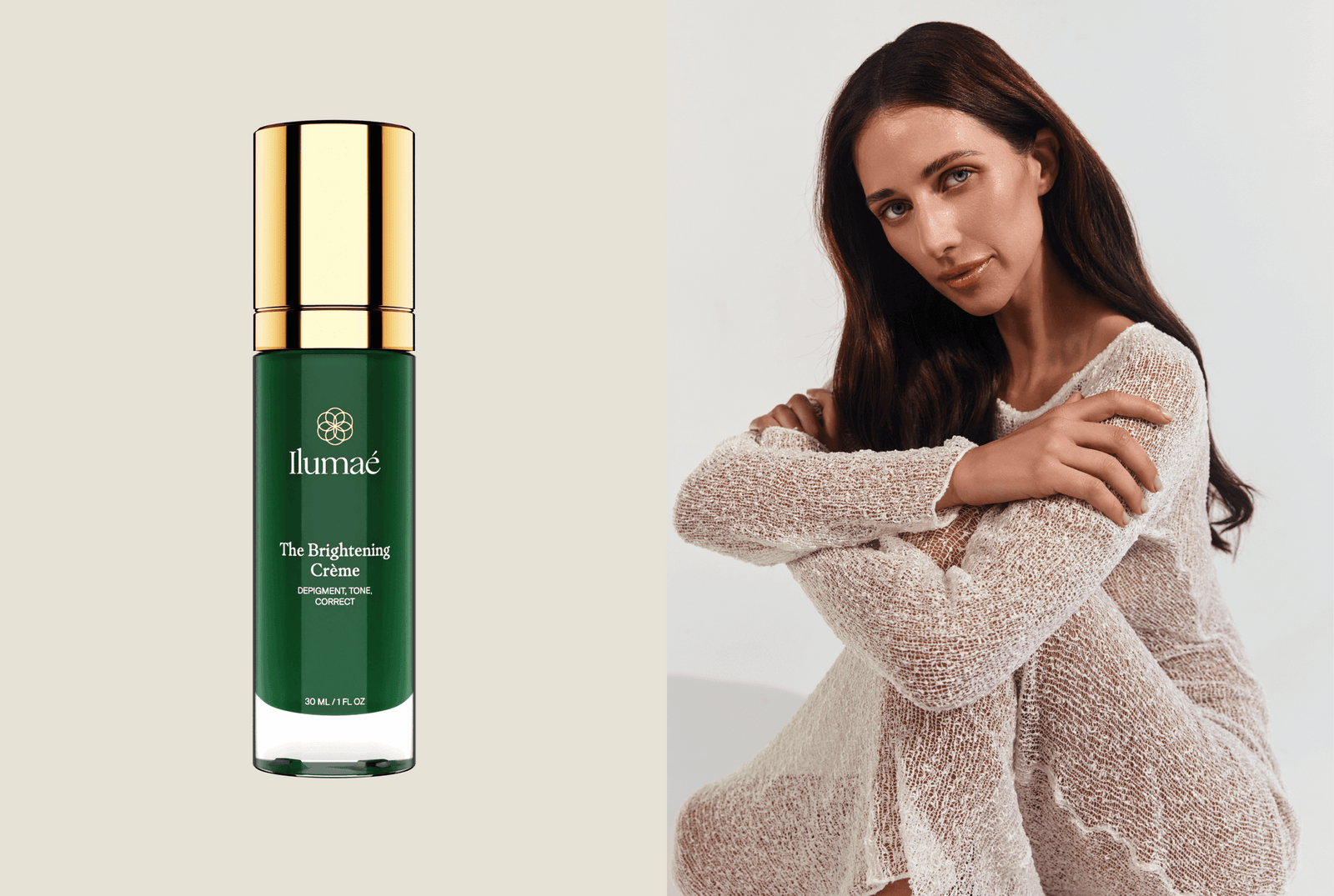Introducing AHAs
AHAs, also known as alpha-hydroxy acids, are essential for achieving a balanced skin tone and smoother skin. Esteemed by skincare enthusiasts and supported by research, these acids have been proven to effectively address signs of ageing and remove dead skin cells, leading to improved texture.
How do AHAs work?
AHAs act as gentle chemical exfoliants, loosening the bonds between outer skin cells. This prompts the removal of dry cells, revealing a vibrant complexion underneath (2). Shedding old cells exposes a fresh layer, boosting cell regeneration for smoother texture and diminished wrinkles (2).
Additionally, AHAs can stimulate collagen and hyaluronic acid production, enhancing suppleness and hydration (3), for a rejuvenating experience. Skincare with alpha hydroxy acids can illuminate your skin, giving you glowing confidence.
When did AHAs rise in popularity?
Since 1974, AHAs have excelled in skincare and are now regarded as skincare powerhouses, acclaimed for their ability to smooth, soften, and minimise fine lines (1).
In products like Ilumaé’s AHA Night Serumand Intensive Nightly Retinal Crème, AHAs including mandelic, lactic, and glycolic acid work in synergy to reveal a more youthful complexion.
What are the benefits of skincare products with AHAs?
Incorporating AHAs into your nighttime skincare routine can lead to visible benefits for healthy skin.
+ Smoother complexion
+ Evens tone
+ Refines texture
+ Eliminates acne and acne scars
+ Minimises signs of ageing
Supported by clinical evidence, a study showed lactic acid concentrations at 5% and 12% improved firmness, texture, smoothness, and reduced fine lines and wrinkles (4). A double-blind trial highlighted 5% glycolic acid's effectiveness for age-related improvements when applied daily for three months (5).
In short, regular AHAs use provides unrivalled smoothness, radiant tone, and refined texture.
Who should use AHAs?
AHAs are safe and effective for all skin types, as highlighted in extensive research (6).
However, they’re especially beneficial for those looking to reduce the appearance of fine lines and wrinkles, acne or acne scarring, or simply improve the appearance of their skin tone and texture.
Want to learn more?
Explore the supporting evidence
1. Van Scott EJ. Control of Keratinization With a-Hydroxy Acids and Related Compounds: I. Topical Treatment of Ichthyotic Disorders. Arch Dermatol. 1974;110(4):586.
2. Ramos-e-Silva M, Celem LR, Ramos-e-Silva S, Fucci-da-Costa AP. Anti-aging cosmetics: Facts and controversies. Clin Dermatol.2013;31(6):750-758.
3. Bernstein EF, Lee J, Brown DB, Yu R, Van Scott E. Glycolic Acid Treatment Increases Type I Collagen mRNA and Hyaluronic Acid Content of Human Skin. Dermatol Surg. 2001;27(5):429-433.
4. Smith WP. Epidermal and dermal effects of topical lactic acid. J Am Acad Dermatol. 1996;35(3):388-391.
5. Thibault PK, Wlodarczyk J, Wenck A. A Double-Blind Randomized Clinical Trial on the Effectiveness of a Daily Glycolic Acid 5% Formulation in the Treatment of Photoaging: Dermatol Surg. 1998;24(5):573-578.
6. Tang SC, Yang JH. Dual Effects of Alpha-Hydroxy Acids on the Skin. Molecules. 2018;23(4):863.
















































